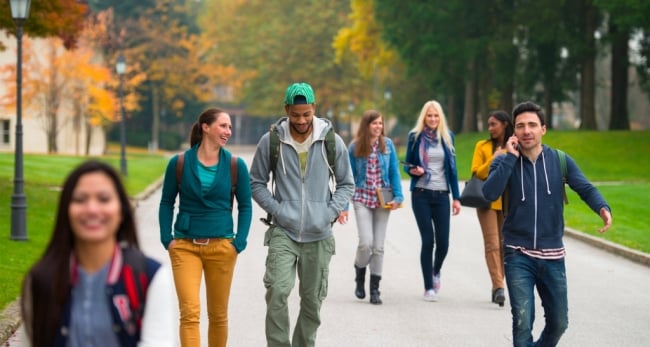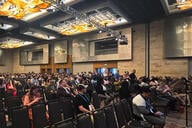You have /5 articles left.
Sign up for a free account or log in.

iStock
For all the talk about affirmative action, black students are the most likely to enroll at a college less selective than their qualifications would permit.
Critics of affirmative action like to talk about how some students, in theory favored because of their race or ethnicity, are admitted to highly selective colleges at which they wouldn't otherwise get in. These students may not succeed there, these critics say, because they have been overmatched.
But a 2012 study by Caroline M. Hoxby and Christopher Avery, a study quickly viewed as significant, found a different matching problem. More than half of the most talented potential applicants from low-income families never apply to a competitive college, the study found.
College leaders vowed to fight undermatching and to take steps to make sure that more of these talented students found their way to elite institutions.
But a study being released today at the annual meeting of the American Educational Research Association finds that undermatching very much remains a factor in admissions and enrollment patterns.
Further, the study finds that the students who are undermatched -- many of them minority students -- are less likely to graduate on time than are those who attend colleges that match their abilities.
The study was based on a nationally representative sample of just under 5,000 students in the Education Department’s Educational Longitudinal Study database. The students were tracked for 10 years after 10th grade, in which they enrolled in 2002. The researchers are Chungseo Kang and Darlene Garcia Torres of the University at Buffalo of the State University of New York.
They used the database so they could see the academic levels of the 10th-grade students, by various racial and ethnic groups, and to follow those students to college.
They found that 43 percent of students going to college were undermatching. That is slightly above the findings of several other studies, which have found the level to be in the range of 40 percent. (The Hoxby-Avery findings that attracted attention were about the most academically talented low-income students, not all students.)
The new study found that not all types of students undermatch at the same levels.
The rate was highest for black students (49 percent), followed by white students (45 percent), Latino students (41 percent) and Asian students (31 percent).
The findings are striking, since the Trump administration is currently investigating whether affirmative action hurts the admissions chances of Asian students -- the racial group that is least likely to undermatch.
Some observers have questioned whether undermatching is as serious a problem as many say. These skeptics say that the important thing is that students go to college, and that much of the discussion about undermatching implies that the important thing is going to a prestigious college.
But the researchers found that those who undermatch are less likely to graduate on time, either in four years or the federal rate of six years for a bachelor’s degree. Generally the institutions these students attend lack the resources of more competitive institutions.
As to why undermatching persists as a problem, the authors of the new study said via email that there are multiple theories.
One possibility is that the gaps are “financially based,” in which students lack access to the money to pay for the more competitive (and typically more expensive) colleges at which they could succeed. This may be based in part of some on being “reluctant to take out loans.”
Another possibility is that it “could be a question of insufficient access to information about the higher education landscape.”




